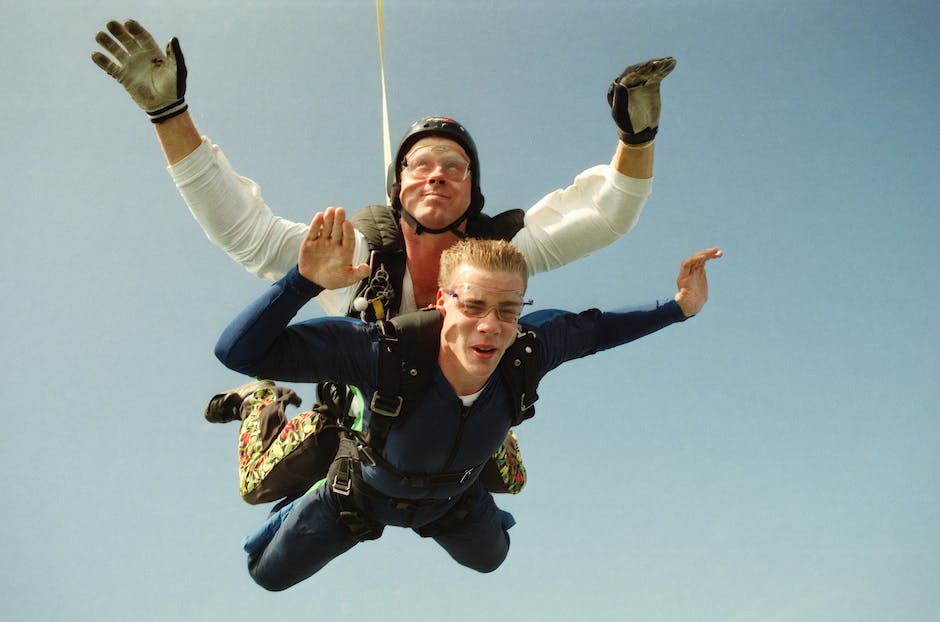As the legalization of cannabis continues to expand throughout the country, many adventure sports enthusiasts in California are faced with the question of how cannabis use fits into their athletic lifestyles. While some athletes use it for pain relief or relaxation, others are uncertain about potential risks and consequences. This guide seeks to provide a comprehensive overview for athletes navigating the world of cannabis use in California adventure sports. We’ll explore the current laws and regulations, potential benefits and drawbacks, and best practices for responsible consumption. Whether you’re an experienced cannabis user or new to the scene, this guide aims to help you make informed decisions about cannabis use in the context of your athletic pursuits.
Overview of the current cannabis regulations in California
California was one of the first states in the US to legalize cannabis for medicinal use in 1996, and then for recreational use in 2016. However, it is important to note that the consumption and possession of cannabis is not legal in all circumstances. It is illegal to consume cannabis in public places or while driving, and also in areas where tobacco smoking is prohibited. Moreover, cannabis consumption by athletes is a topic of debate within the sports community, as it may have an impact on an athlete’s performance. It is essential for athletes to be aware of the current cannabis regulations in California to prevent any legal consequences.
Explanation of the effects of cannabis on athletic performance
Cannabis use can have both positive and negative effects on athletic performance. The active ingredient, THC, can help athletes relax and alleviate anxiety, which can improve focus and confidence during competitions. Additionally, cannabis has been known to reduce pain and inflammation, making it a popular choice for athletes recovering from injuries.
However, cannabis use can also impair motor skills, coordination, and reaction time, which are essential for many adventure sports. It could also affect cardiovascular performance, such as decreasing the maximum heart rate and oxygen uptake during exercise, thus reducing performance capacities.
Moreover, it’s important to note that the effects of cannabis are individual and could vary depending on a person’s tolerance, history of use, and other factors such as the method of consumption.
Whether or not to use cannabis before or during an outdoor adventure sport depends on athletes’ experience, goals, and personal preferences while weighing the benefits against the negative effects. It’s crucial for athletes to understand how cannabis affects them and the potential risks involved before deciding to use it during sports activities.
Insight into different types of cannabis products and their uses

Cannabis has become increasingly popular as a means of combating aches, pains, and anxiety associated with extreme adrenaline sports. It’s essential to note that cannabis products are not all the same, and each has a varying level of potency, effects, and ways of consumption.
There are two primary cannabis plants, Sativa and Indica, with distinct chemical makeups that produce different effects. Sativa strains are known to provide an energizing and uplifting feeling, while Indica strains provide a calming and relaxing effect. Hybrid strains are also available, combining Sativa and Indica effects in varying degrees.
Cannabis products can be consumed in various ways, including traditional smoking, vaping, ingestion of edibles, and using topicals. Smoking is the fastest way to feel the effects, while edibles take a more extended time to take effect but have longer-lasting results. Topicals provide localized relief but do not produce the “high” associated with other forms of cannabis consumption.
When considering using cannabis for sports performance, it’s essential to consult with a doctor or medical professional to ensure that the chosen product is safe and effective. Start with low doses and gradually increase over time to determine the right balance. With the proper guidance, cannabis products can be a valuable addition to an athlete’s wellness and recovery regimen.
Tips for finding the right cannabis product for adventure sports
When it comes to using cannabis for adventure sports, finding the right product is essential. Athletes should start by identifying their desired effect, whether it’s relaxation, pain relief, or an energy boost. From there, they can choose between different strains and products, such as edibles, vapes, or topicals. It’s important to read the label carefully and consult with a budtender or healthcare professional to ensure that the product is safe, legal, and appropriate for their needs. Athletes should also consider the THC to CBD ratio, as well as the dosage and onset time of the product. Finally, it’s crucial to test the product in a safe setting and start with a low dose to avoid any negative effects on performance or safety. By taking these tips into account, athletes can navigate the world of cannabis use for adventure sports with confidence and effectiveness.
Understanding dosage and timing for cannabis use

As an athlete, dosing and timing are crucial aspects to consider when incorporating cannabis into your adventure sports routine. Understanding the dosage and timing of cannabis use can help you achieve optimal performance while avoiding any unpleasant effects.
In terms of dosage, it’s best to start low and go slow. Begin with small doses and gradually increase as needed or tolerated. It’s important to note that cannabis affects everyone differently, so what works for one athlete may not work for another. Knowing your limits and being mindful of your body’s responses is key.
Timing is also an essential factor to consider. It’s recommended to use cannabis a few hours before your adventure sport activity, allowing time for it to take effect. Some athletes prefer to use cannabis after their activity to aid in recovery and relaxation. Experiment and see what works best for you.
Overall, understanding dosage and timing is critical in navigating cannabis use in adventure sports. Always consult with a healthcare professional before incorporating cannabis into your routine, especially if you have any pre-existing medical conditions.
Precautions for cannabis use in adventure sports
It’s important to note that cannabis use can come with some risks, especially when coupled with adrenaline-pumping adventure sports. Athletes who use cannabis should be mindful of the potential negative effects on reaction time, spatial awareness, and decision-making skills. Certain strains or consumption methods may also cause dizziness, increased heart rate, or anxiety, which can be particularly dangerous during physical activity. Athletes should always start with a low dose to gauge their tolerance and should never underestimate the effects of cannabis on their performance. Safety should always come first, so if an athlete is unsure or experiences negative effects, they should abstain from cannabis use during their adventure sports activity.
Legal and ethical considerations for cannabis use in competitions

As more and more athletes turn to cannabis as a natural alternative to painkillers and other pharmaceuticals, it’s important to consider the legal and ethical implications of using it in competition. In California, where recreational cannabis use is legal, there are specific regulations in place for athletes who choose to use it.
First and foremost, it’s important to note that cannabis use is not allowed during competition according to most competition governing bodies. Athletes should always check with their specific governing body to ensure compliance with their rules and regulations. Additionally, athletes should be mindful of the timing of their cannabis use prior to competition. Cannabis can stay in the system for weeks, so it’s important to be aware of testing procedures and regulations.
From an ethical standpoint, athletes should also consider the impact of their cannabis use on their performance and safety. While cannabis can have pain-relieving properties, it can also impair coordination and reaction time. Athletes should only use cannabis in a manner that does not endanger themselves or others.
Ultimately, it’s up to each individual athlete to weigh the benefits and risks of cannabis use in their specific sport and competition setting. By staying informed and making informed decisions, athletes can safely and responsibly incorporate cannabis into their training regimen.
Examples of professional athletes who use cannabis in their training

Professional athletes are no strangers to cannabis use in their training routines. For instance, former NFL player Eugene Monroe, who advocated for marijuana use in the league, once stated that he used marijuana to manage chronic pain and as a sleep aid. In the NBA, retired player Al Harrington launched his own cannabis company, Viola Brands, after seeing how the plant helped his grandmother manage her glaucoma. Professional snowboarder Ross Rebagliati, who won the first-ever Olympic gold medal in snowboarding, also became known for his advocacy of cannabis use in sports, claiming it helped him with focus, endurance, and recovery. These examples and more demonstrate that cannabis use is becoming more recognized and accepted in the world of professional sports.


